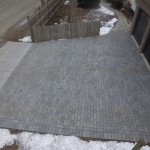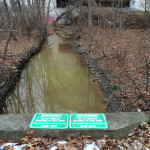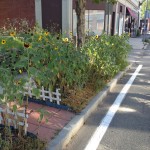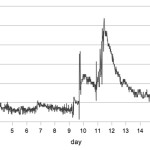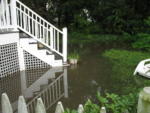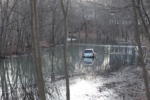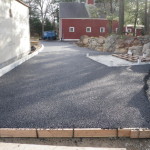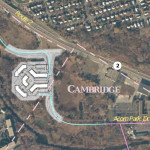
Volunteers Monitor Every Month by Anne-Marie Lambert Almost every month for more than 16 years, Mystic River Watershed Association (MyRWA) volunteers have been monitoring water quality at the location where the Winn’s Brook culvert flows into Little Pond. In the early morning of August 17, 2016, I walked to the end of a public path off Brighton Street, near the intersection with Hoitt Road. I watched as Roger Wrubel and Doug Matson took out their MyRWA sampling gear and carefully scooped water samples into test tubes. They were measuring dissolved oxygen, turbidity (a measure of suspended particles), nutrients [READ MORE]





